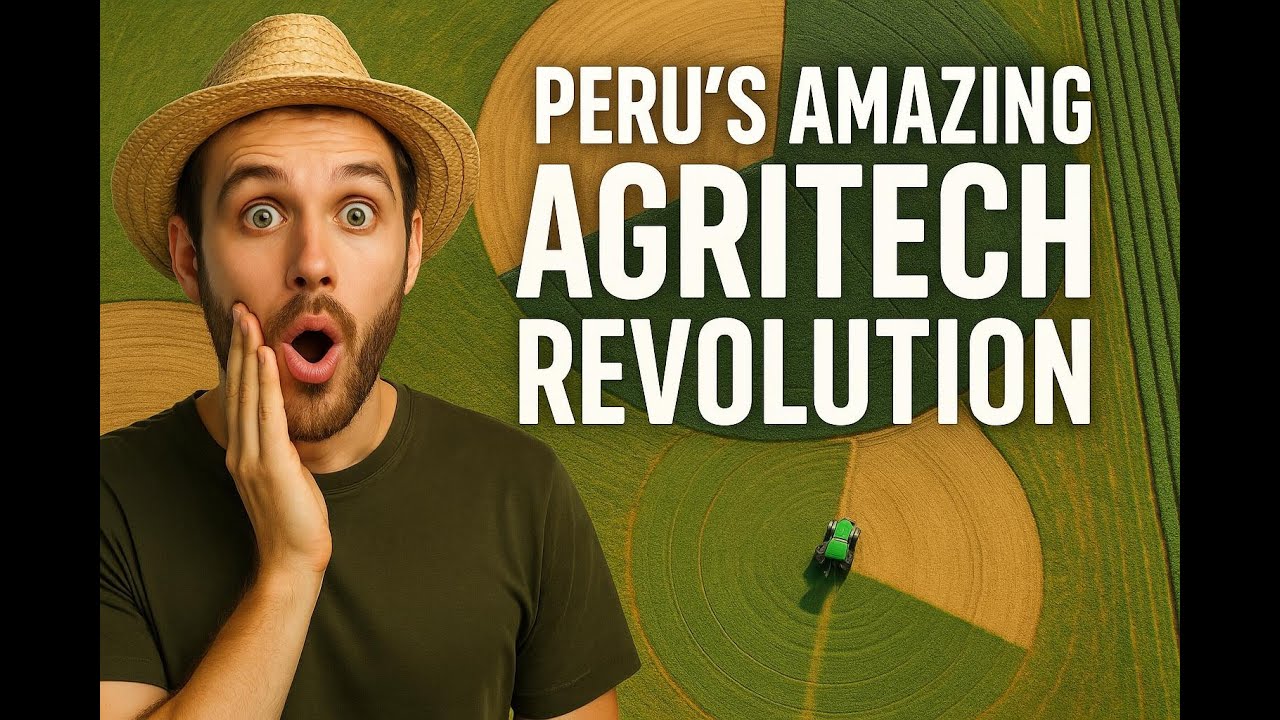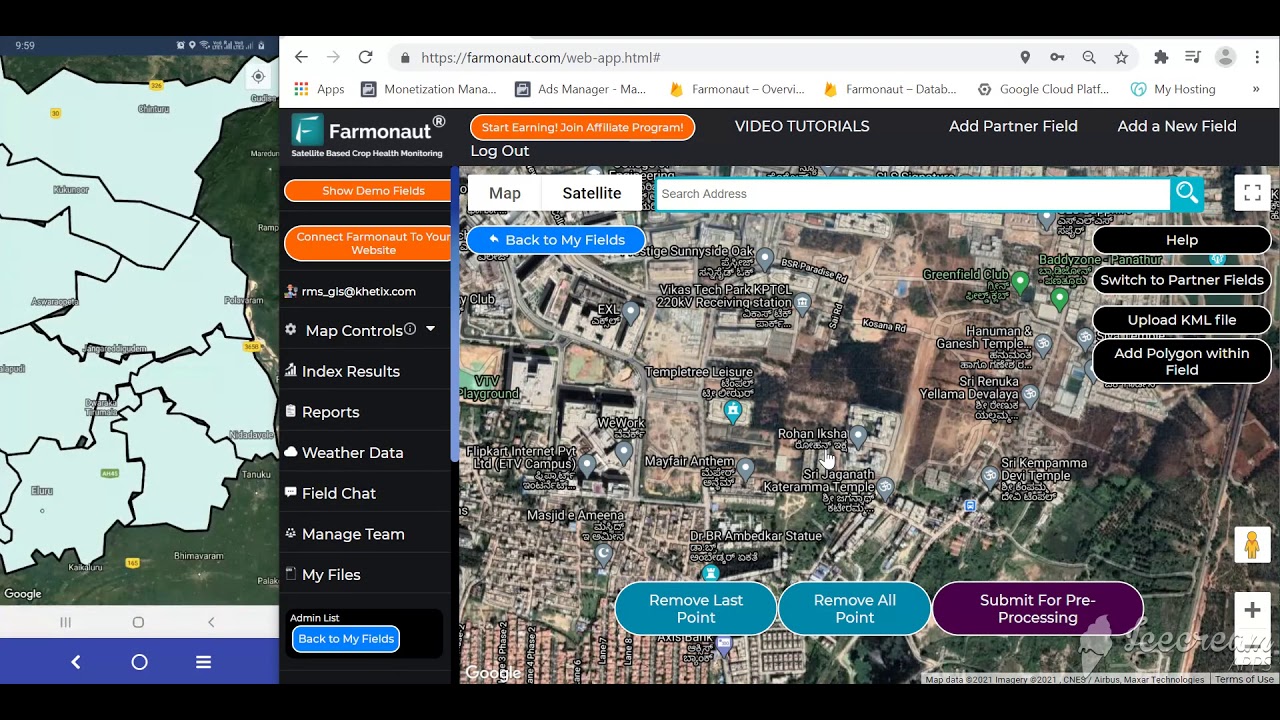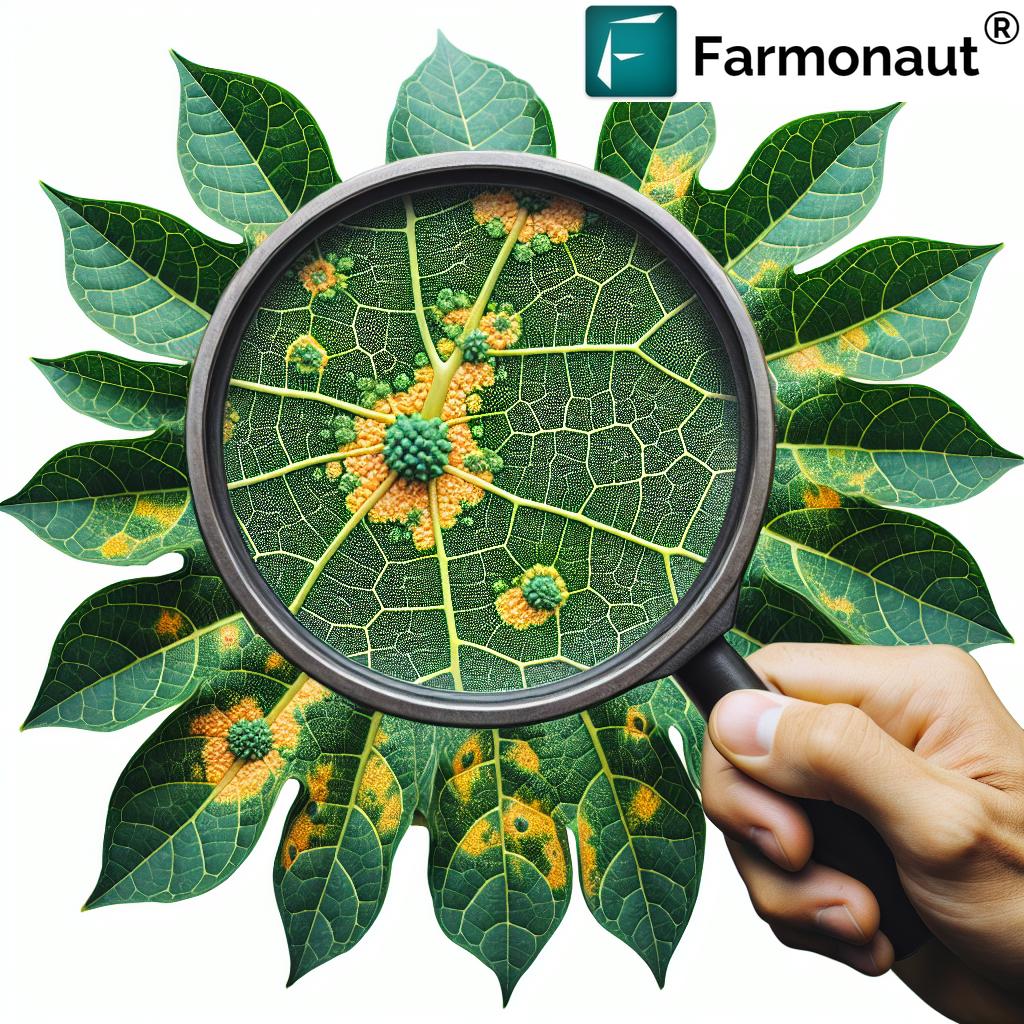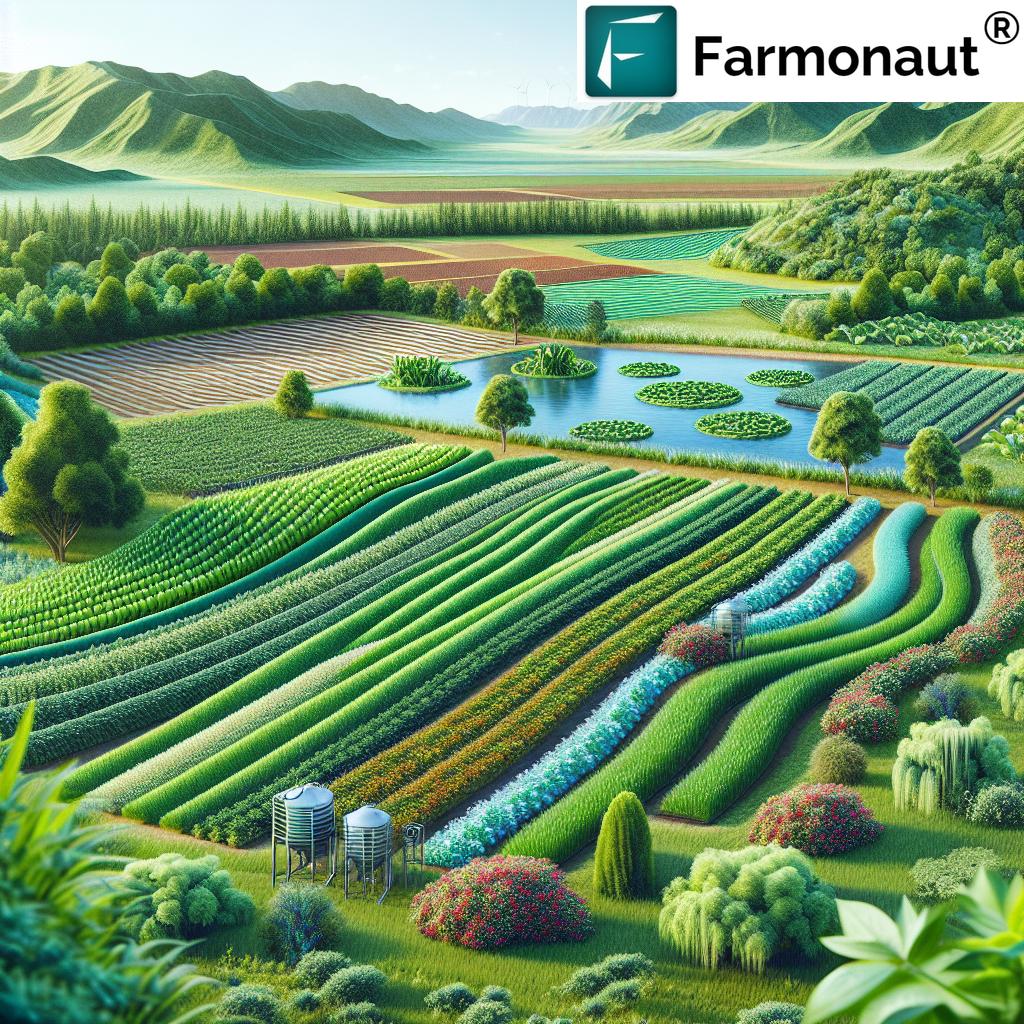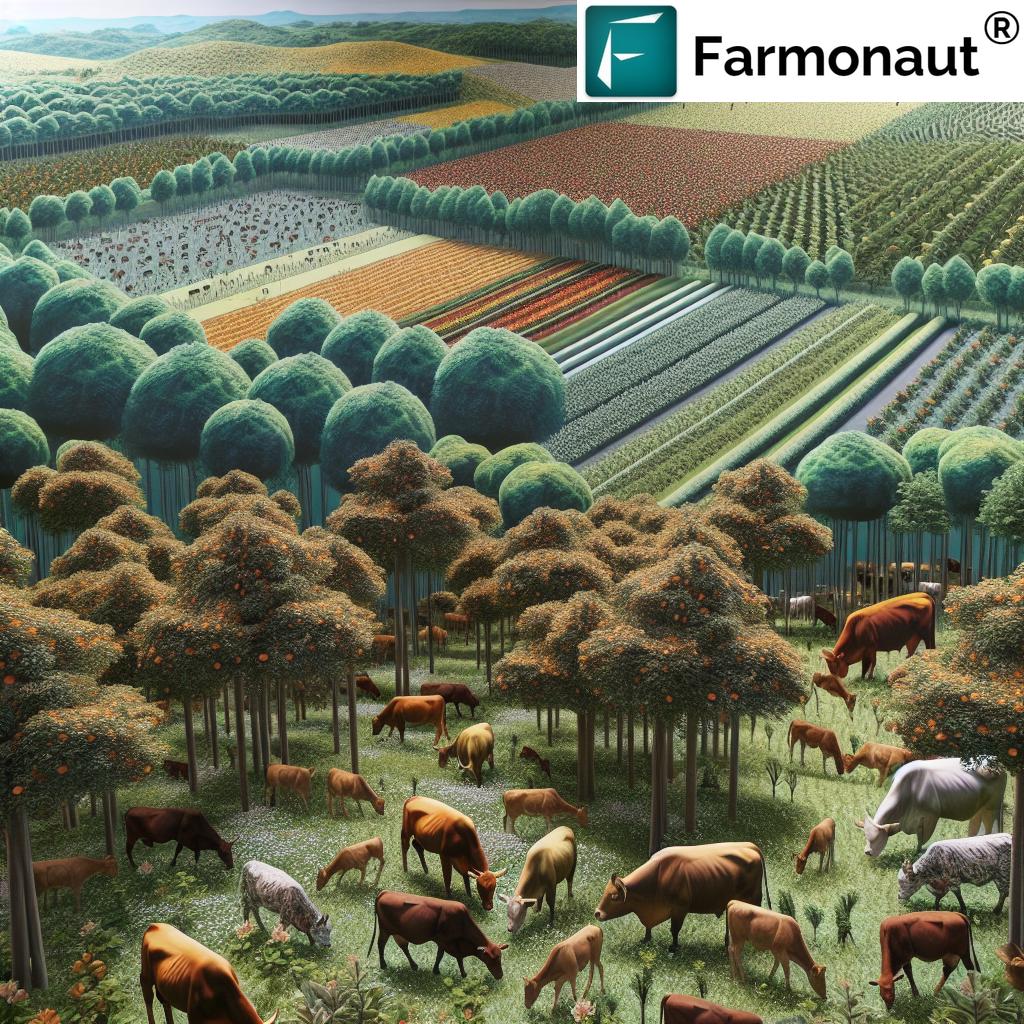In Ground, Above & Underground Irrigation System Guide for 2025 & Beyond
Trivia
“By 2025, advanced in ground irrigation systems are projected to reduce water loss by up to 40% in agriculture.”
Introduction: Transforming Irrigation Systems in 2025
Efficient irrigation systems, including in ground irrigation system, above ground irrigation system, and underground irrigation system, are revolutionizing how water is delivered in agriculture, forestry, and landscaping. As water scarcity intensifies and climate patterns become unpredictable globally, deploying efficient technologies is more essential than ever. Advanced irrigation systems are at the heart of modern productivity, environmental conservation, and operational management—not only sustaining crops but also playing a pivotal role in maintaining green spaces and reclaiming degraded land.
Modern Irrigation: Why Efficient Systems Matter
Irrigation remains the backbone of food production and resource management in 2025 and beyond. With global populations rising and pressures on natural resources mounting, sustainable solutions that reduce evaporation, minimize runoff, and deliver optimal moisture to crops and plants are no longer optional—they are critical. Water, applied in just the right amount and at the right time, means stronger crop yields, healthier trees, greener lawns, reduced erosion, and overall improved environmental health. The key drivers for adopting advanced irrigation technologies include:
- Reducing water losses from evaporation and wind drift
- Optimizing crop health via precise moisture delivery
- Ensuring year-round land cover to control erosion and maintain green spaces
- Increasing productivity for a growing population
- Environmental stewardship and reclamation
- Integrating automation and digital solutions for intelligent resource management
Types of Irrigation Systems: In Ground, Above Ground & Underground
Understanding the distinctions between in ground, above ground, and underground irrigation systems helps us deploy the most efficient, cost-effective, and sustainable setups for each scenario. Let’s explore each reputable system in depth, focusing on their modern features and benefits for 2026 and beyond.
In Ground Irrigation System: Precision Below the Surface
The in ground irrigation system refers to an embedded network of pipes, valves, and emitters installed just beneath the soil surface, often close enough to the root zones for optimal water delivery. This category is highly efficient, as it enables water to reach the places it’s needed most, minimizing surface loss from exposure and runoff compared to more traditional surface setups.
- Application: Widely adopted in orchards, vineyards, and tree plantations; increasingly prevalent in smart urban landscaping and turf maintenance.
- Technologies: Modern in ground irrigation systems leverage sensors, automation, and weather integration to tailor irrigation schedules based on crop needs, soil moisture, and climate patterns.
- Benefits: Reduces evaporation and water loss, supports root health, decreases disease risk by minimizing leaf wetting, and supports precise fertilizer delivery when combined with fertigation systems.
- Structure: Modular, allowing sectors to tailor to diverse field or green space layouts.
The in ground system’s rise in 2025 is driven by its ability to balance efficiency, flexibility, and scalability in agriculture, landscaping, and forestry.
Above Ground Irrigation System: Flexibility for Large Areas
The above ground irrigation system features water delivery pipes, sprinklers, and emitters that remain visible above the surface. Common forms include center-pivot, lateral, moveable, and portable sprinkler setups.
- Application: Essential for extensive farming operations (cereal crops, pastures) and regions where underground installation is impractical, costly, or might disturb the soil structure.
- Technologies: Some systems incorporate remote controls, mobile apps, or seasonal programming, though less advanced than in-ground or underground networks. Options for automation and rain sensors can optimize scheduling.
- Benefits: Cheaper and easier to install and repair, no trenching needed. Highly mobile—ideal for seasonal cultivation or rotational grazing.
- Limitations: Higher evaporation rates and wind drift increase potential water loss. Not as targeted for specific root zones as other technologies.
Above ground irrigation remains crucial in many regions, balancing cost, speed, and flexibility, particularly where large-scale installation is infeasible.
Underground Irrigation System & Underground Drip Irrigation System: Deep-Rooted Efficiency
The underground irrigation system category includes highly innovative water delivery networks deeply embedded beneath the surface—commonly through underground drip irrigation systems. These setups use a network of tubing and emitters, buried near the root zone, to provide water precisely where plants, crops, and even young forest trees need it most.
- Application: Ideal for permanent and semi-permanent crops (vineyards, orchards, tree plantations) and large-scale landscaping where root zone moisture maintenance is critical. Increasingly used in mining land reclamation efforts to establish vegetation cover for erosion control.
- Technologies: Modern systems leverage automation, moisture sensors, and AI-powered controls, enabling integration with weather data and satellite-based monitoring (see Farmonaut’s API for integration potential).
- Benefits:
- Delivers water directly to roots, minimizing losses to evaporation and surface runoff
- Improves water-use efficiency, reduces weed growth, and supports healthy soil structure
- Decreases risk of disease by not wetting foliage
- Drastically improves productivity and sustainability for challenging climates or degraded soils
Underground drip irrigation system installations have gained significant traction in regions dealing with unreliable rainfall and soil degradation, thanks to their capacity to support healthy crops and landscapes and facilitate effective reclamation after mining or other land use changes.
In Ground Sprinkler System & Grass Irrigation System: Lush Lawns & Turf
The in ground sprinkler system is crucial for maintaining lawns, turf, golf courses, and nursery beds. Sprinkler heads (pop-up sprinklers) remain flush with the surface when not operating, avoiding interference with maintenance and recreation.
- Application: Commercial and public spaces—parks, playgrounds, golf courses, road medians, airport runways, and urban green belts. Also widely adopted for erosion control on engineered slopes with grass irrigation system setups.
- Technologies: Rain and moisture sensors, programmable timers, smart integration with weather forecasts, and zone-based control allow for optimized, water-saving distribution.
Combining in ground sprinkler systems with automation and weather-based controls ensures uniform water coverage,
lush turf grass health, and effective resource conservation.
Irrigation System Comparison Table: In Ground vs. Above Ground vs. Underground
| Irrigation System Type | Installation Depth/Method | Estimated Water Efficiency (%) | Initial Cost (USD/Acre) | Maintenance Frequency | Technologies Used | Typical Applications |
|---|---|---|---|---|---|---|
| In Ground Irrigation System | Just beneath soil surface (2–8 inches); modular trenching | 75–85% | $800–$2,000 | Moderate (seasonal checks for emitters, pipes) | Sensors, timers, zone controls, weather integration | Orchards, vineyards, turf, landscapes |
| Above Ground Irrigation System | Surface-laid; moveable pipes, sprinklers, pivots | 55–70% | $300–$800 | Frequent (hose/sprinkler adjustment, leaks) | Portable controllers, seasonal programs | Field crops, pastures, rotational grazing |
| Underground Irrigation System (Incl. Underground Drip) |
Deeply embedded (8–18 inches); tube grid at root zones | 85–95% | $1,200–$3,000 | Low (long-life components but needs deep access) | AI, sensor-based automation, satellite monitoring | Perennial crops, reclaimed land, mining rehab |
*All costs and percentages are 2025–2026 estimates; local factors may affect actual figures.



Explore the Farmonaut API for integrating real-time, remote irrigation monitoring—including in ground, above ground, and underground systems—with your digital tools for smart farm, mining, or landscaping management.
Major Technology & Sustainability Trends for Irrigation Systems in 2025
The future of irrigation lies in technology—blending smart hardware, field sensors, and digital platforms for unprecedented precision, automation, and transparency.
Precision Irrigation: IoT, AI, and Advanced Sensors
- IoT Sensors: Soil moisture, salinity, temperature, and weather sensors provide minute-by-minute feedback, allowing systems to optimize irrigation amounts and timings.
- AI Analytics: Machine learning models predict crop water requirements based on developmental stages, weather patterns, and yield targets.
Farmonaut’s Jeevn AI, for example, delivers weather forecasts and irrigation recommendations directly to growers and land managers, boosting efficiency and risk management. - Integrated Automation: Automated valves and zone controllers ensure precise delivery for each section of your land, reducing manual oversight and human error.
Integrating data-driven decision support into irrigation means growers, turf managers, and foresters, among others, can tailor their schedules for maximum productivity and water savings.
Get crop and forest plantation advisory solutions from Farmonaut (tailored for large-scale and modular in ground or underground irrigation system management with digital oversight).
Automation & Data-Driven Water Management
- Remote Scheduling: Systems can automatically adjust based on real-time or forecasted weather and soil conditions.
- Evaporation and Runoff Reduction: By determining the precise rate, duration, and timing, IoT-equipped in ground and underground systems reduce wastage compared to manual methods.
- Nutrient Control: Fertigation via drip lines supports optimal nutrition and reduces nutrient runoff in waterways—key for sustainable agriculture and environmental protection.
- Compliance: Automated data logs (such as those generated by Farmonaut’s satellite-based monitoring) help sectors maintain regulatory compliance for water management and environmental stewardship.
Satellite-Based Irrigation Monitoring & Digital Tools
Real-time monitoring is essential for seeing the whole picture—how your in ground, above ground, or underground irrigation system is performing across vast or disconnected areas. Satellite imagery platforms (such as those provided by Farmonaut) bring vital intelligence for:
- Detecting irrigation system failures or leaks across sectors
- Tracking vegetation vigour and identifying moisture stress zones
- Advising corrective measures for optimal water application
- Evaluating post-irrigation impacts on productivity, erosion control, and land reclamation
Key Applications & Practical Insights: Irrigation Across Sectors
Let’s examine how modern irrigation systems are transforming key industries and landscapes, from agriculture and forestry to urban turf and land reclamation projects.
Agriculture: Increasing Productivity While Conserving Water
- In Ground Irrigation System: Precision water delivery to orchards, vineyards, and root-intensive crops boosts yield and fruit quality while using less water per tonne produced.
- Underground Drip Irrigation System: Revolutionizes production in drylands or water-scarce regions; optimal for perennials, vegetables, and berries.
- Above Ground Irrigation System: Cost-effective for seasonal grains, pastures, and large contiguous fields. Quick to deploy and ideal for large geographies with changing seasonal needs.
- Crop Traceability: Farmonaut’s traceability product links irrigation inputs with blockchain-based supply chains—verifying sustainable and efficient production. This has become a standard for export compliance and food safety in 2026.
Forestry & Land Reclamation: Controlling Erosion and Boosting Ecosystem Recovery
- Underground Irrigation Systems: Provide the deep-root watering that young trees and shrubs need in reclamation projects or forest nurseries, ensuring rapid establishment and canopy growth.
- In Ground Sprinkler Systems: Used in nursery beds and for erosion-prone slopes in urban forestry, supporting soil stability and biodiversity.
- Grass Irrigation Systems: Play a vital role in erosion control, road embankments, and post-mining reclamation—speeding up the establishment of stable vegetation for land healing.
- Automation tools (like Farmonaut’s large scale management platform) simplify management even for widespread or disconnected green areas.
Landscaping, Turf, and Green Spaces: Ensuring Aesthetic and Environmental Value
- In Ground Sprinkler System: Keeps sports fields, parks, and lawns lush and inviting with minimal visual interference. Pop-up technology and zone-based watering maintain uniformity and resource-efficiency.
- Above Ground Systems: Utilized in short-term or mobile landscaping, where fast changes or temporary setups are needed for events or interim land cover.
- Automation: Smart systems now minimize waste during rainy periods or adjust for sun/shade microclimates.
- Use satellite monitoring for loan and insurance verification related to large turf or landscaping projects—complying with green city and sustainable infrastructure policies.
Mining Land Reclamation & Underground Irrigation Innovations
- Post-mining areas require swift, stable vegetative cover to control dust, prevent runoff, and restore environmental balance.
- Underground drip irrigation systems are increasingly used for precise watering of reclamation plantings, even under tough terrain and nutrient-poor soils.
- Get forestry, land reclamation, and smart plantation advisory from Farmonaut for optimal species selection, irrigation strategies, and rapid ecosystem recovery.
Trivia
“Modern underground systems can increase irrigation efficiency by 35%, transforming large-scale landscaping and forestry sustainability.”
Farmonaut: Satellite-Driven Irrigation Management & Insights
At Farmonaut, we recognize the pivotal role that precision irrigation and technology integration play in modern agriculture, forestry, landscaping, and land reclamation in 2026 and beyond. Our advanced satellite-based platform is built to empower individual growers, business operations, governments, and financial institutions with actionable insights and data-driven solutions for every irrigation system—including in ground irrigation system, above ground irrigation system, underground irrigation system, and underground drip irrigation system.
- Real-Time Satellite Monitoring: Monitor crop health, soil moisture, and vegetation performance across any sector—enabling quick detection of irrigation issues, water stress, or inefficiencies.
- AI & Advisory: Harness our Jeevn AI for real-time, field-specific irrigation recommendations, pest and disease alerts, and climate-smart scheduling—directly optimizing your in ground, above ground, or underground irrigation routines.
- Blockchain Traceability: Transparent records of irrigation, inputs, and yields for future-proof supply chain compliance.
- Fleet & Resource Management: Easily coordinate your irrigation infrastructure, monitor maintenance, and optimize resource allocation for maximum productivity and sustainability.
- Environmental Impact Tracking: Analyze your carbon footprint and impact of water use, supporting regulatory compliance and climate targets.
- Open API: Plug Farmonaut data directly into your own systems or apps for advanced irrigation monitoring and integration.
Frequently Asked Questions (FAQs)
Q1. What’s the difference between in ground, above ground, and underground irrigation systems?
In ground irrigation systems install pipes and emitters just beneath the soil surface for direct root zone watering.
Above ground irrigation systems use visible pipes and sprinklers above the surface—best for temporary or large rotating fields.
Underground irrigation systems, especially underground drip irrigation system, bury water lines deeper and deliver moisture directly to root zones, maximizing efficiency and minimizing water loss.
Q2. Which irrigation system is most efficient for water conservation in 2026?
Underground irrigation systems (including underground drip) are the most water-efficient (85–95%), followed by in ground irrigation systems (75–85%), and then above ground setups (55–70%, depending on conditions).
Q3. Are in ground and underground irrigation systems cost-effective?
Yes, particularly for perennial crops, orchards, turf, and reclamation where precise, long-term water delivery is critical. Upfront costs are offset by reduced water bills and higher yields.
Q4. How can advanced monitoring (like Farmonaut) support irrigation?
Satellite monitoring detects underperforming irrigation areas, identifies system leaks/failures, analyzes soil moisture, and enables rapid, data-driven decision-making for all system types—improving results while optimizing input use.
Q5. Can these systems help with climate change adaptation?
Absolutely. By reducing evaporation and ensuring optimal moisture, efficient irrigation systems safeguard productivity, stabilize landscapes, and support adaptation to highly variable climate patterns.
Q6. How do I choose the right irrigation system?
Consider your crop or plant type, soil, climate, scale of operation, infrastructure, budget, and long-term sustainability goals.
In ground irrigation system: For modular, scalable precision (orchards, urban landscapes).
Above ground: For quick, flexible coverage of seasonal crops or pastures.
Underground drip: For the highest water savings on permanent crops, reclamation, and areas needing intensive soil moisture control.
Conclusion: The Future of Irrigation is Smart, Sustainable & Data-Driven
In 2025 and beyond, deploying the right irrigation system—from sophisticated underground drip networks to modular in ground irrigation system and practical above ground irrigation system setups—transforms how water is applied across agriculture, forestry, landscaping, and reclamation.
Advances in integrated automation, sensor technology, AI analytics, and satellite-based monitoring (like those provided by Farmonaut) mean that decisions are more informed, risks are better managed, and resources are conserved for future generations.
As water scarcity intensifies globally and climate change introduces new challenges, efficient irrigation remains the cornerstone technology for productivity, environmental health, and sustainable land management.
Select your irrigation solution wisely and leverage digital tools to ensure resilient, thriving crops, green spaces, and landscapes—now and for the years to come.



